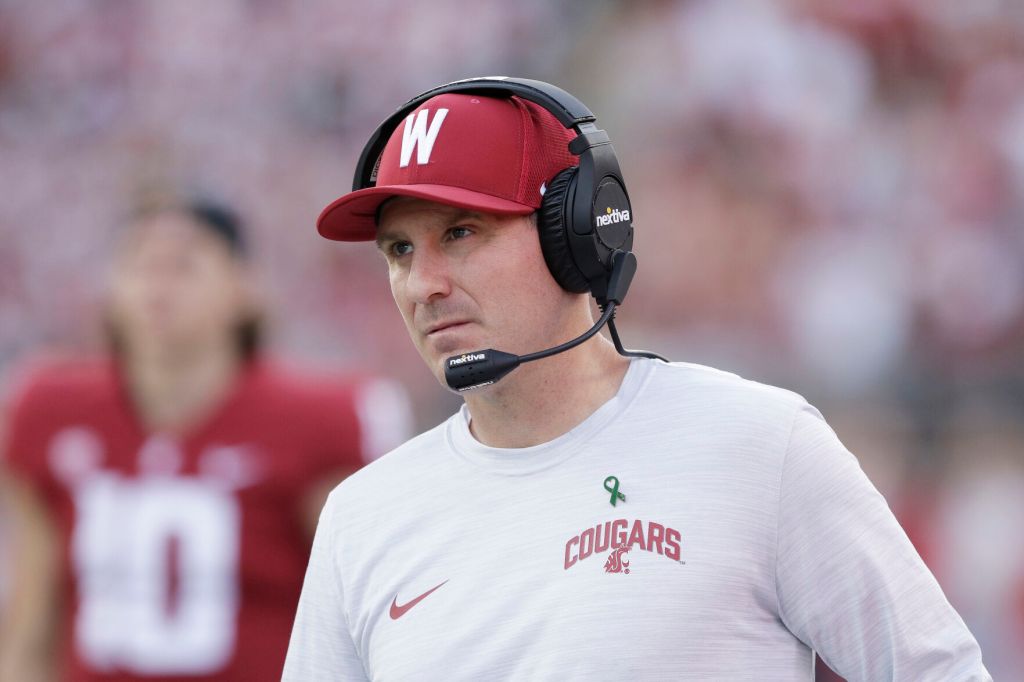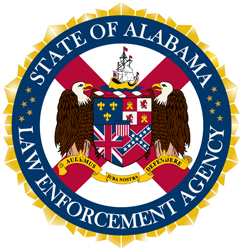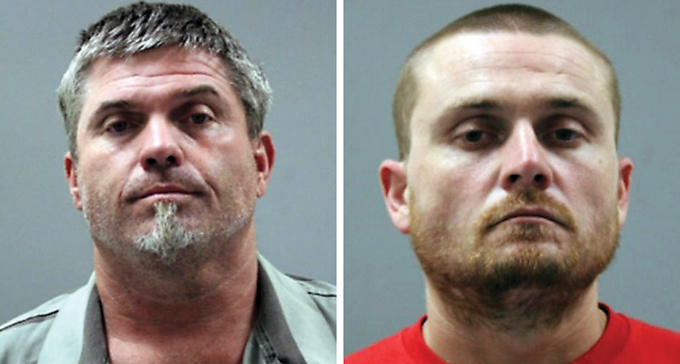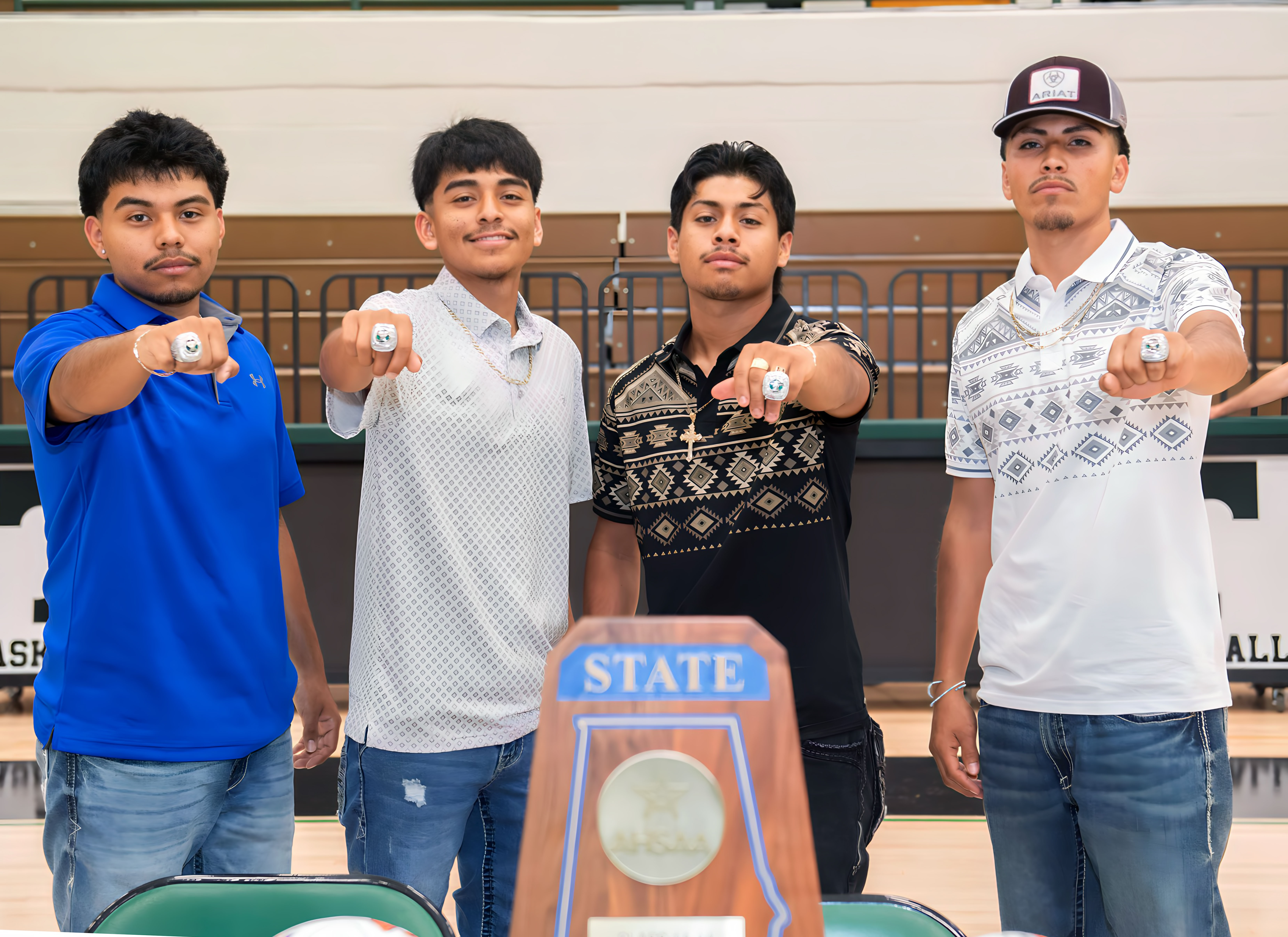Changes presenting major challenges for college sports
Published 1:13 pm Wednesday, February 22, 2023

- FILE - Washington State head coach Jake Dickert walks along the sideline during the second half of la game against California. (AP Photo/Young Kwak, File)
When the NCAA created the student-athlete transfer portal in 2018 and followed that by lifting its longstanding policy of requiring most student-athletes transferring to Division I programs to sit out for a season in 2021, the decisions unlocked a floodgate of departures and arrivals.
Then, a 2021, a Supreme Court ruling allowed college athletes to begin benefiting financially from their name, image and likeness.
Trending
Just that quickly, the fabric of college sports was altered to a degree that has some coaches concerned.
More than 1,200 undergraduate football student-athletes and 540 graduates transferred last year, according to data released this week by the NCAA. The numbers have remained robust throughout the current transfer cycle.
The most recent window — for Football Bowl Subdivision programs — closed on Jan. 18 after 45 days of activity. According to On3 Sports — an outlet that extensively covers college sports — more than 1,900 football student-athletes entered their names into the portal during that span. The next and final window for the 2023 season will open again from May 1-15.
Last year, the University of Southern California accepted 19 transfer players. Ole Miss didn’t trail far behind, as the SEC program added 18 to its roster in 2022.
Ole Miss head coach Lane Kiffin hasn’t shied away from the challenges of navigating a post-transfer portal college football world.
Kiffin, whose coaching career has spanned both college and the NFL, has repeatedly compared the portal to free agency in the professional ranks.
Trending
He dubbed himself the “Portal King” last year, leaning into the new realities.
“That’s the world we live in now,” Kiffin told reporters in Mississippi during a signing-day press conference earlier this month.
“Your rosters are changing. We have a whole new set of issues to deal with as a head coach and coaching staffs,” Kiffin said. “Your roster turns over so much with all these guys leaving and coming in. It does make it challenging, but everyone has the same challenges as far as culture and creating that just because you have so much movement now.”
Washington State football coach Jake Dickert, who led the Cougars to a 7-6 record and a bowl appearance in his first full season as head coach, said that while he considers himself a “players coach,” he has concerns about the future of the sport that netted him a spot at the University of Wisconsin-Stevens Point in 2007 and set in motion his 15-year coaching career.
“I just don’t want all of these things that are happening to affect what I started with in saying college football is the greatest sport on the planet,” Dickert said.
“It brings so many values; … it gives kids opportunities from all over the country, all different backgrounds – everything. I just don’t think maybe some of that stuff is at the forefront of where we’re going with all of this, and I think that is what is very concerning.”
In past years, the thought of student-athletes receiving benefits from outside sources would have seemed improbable. The NCAA had long held firm to its stance on amateurism. But in June, 2021, the Supreme Court ruled in NCAA v. Alston that the NCAA was not legally allowed to limit any education-related payments to students.
The ruling allowed student-athletes across all sports to be compensated for attaching their identities to businesses — both big and small — with which they’ve partnered.
Some of these partnerships have netted student-athletes deals with local restaurants and companies. Other athletes of the highest stature, meanwhile, have inked NIL deals with major companies such as Gatorade and Dr. Pepper.
NIL collectives exist as the primary fundraising arm for student-athletes at their universities. Schools, however, still can’t directly compensate players.
“Poaching” a concern
Three days after the University of Texas at San Antonio’s football program concluded an 11-3 season last December, head coach Jeff Traylor shared pointed comments with his 51,000 followers on Twitter, saying: “Dear @NCAAFootball How does @UTSAFTBL report Power 5 Schools who are trying to poach our young talent? How much evidence do we really need to make this not be a part of our game?”
Similar comments that month came from Dickert. Former University of Alabama at Birmingham football coach Bill Clark, and Florida State’s Mike Norvell are among other college coaches who have also voiced their concerns.
“I stand by what I said,” Dickert said. “I don’t want to dive into it too much, but it’s very frustrating. There’s a lot of instances where tampering is real, and I think what I said went viral, and I stand behind it. But at the same time, it’s a really pressing issue. How do you stop it? How do you control it?
“I don’t have an answer to that because sometimes it is people acting out on their behalf as a collective. But at the end of the day, we have ourselves a big challenge here, and throughout the course of history, sometimes we don’t make great decisions when we have the pressures of winning.”
Current NCAA rules “prohibit communication and contact with a student-athlete enrolled at another NCAA school prior to the student-athlete appearing in the NCAA Transfer Portal.”
The NCAA also restricts student-athletes from contact with third parties, such as family members, former coaches, and others, before they officially enter the transfer portal.
Answers to questions about enforcing college sports guidelines, though, remain unclear after the sweeping changes.
“When you open the door so wide, I think you potentially cause some issues without really going through what the repercussions of what every decision is,” Dickert said.
“I’m for players being compensated,” he added. “WHat does that mean? What does that look like? How do you regulate it? Those things are above my pay grade … There are a lot of things that are colliding that I don’t necessarily have the answers to, but I know you better not lock your knees, and you better be able to evolve.”
Coaching burnout
The NCAA in 2017 introduced a new early signing period that allowed high school players to sign their national letters of intent in December. Before, prep athletes had to wait until the first week of February. Now, both months are options for signees.
In the ever-competitive world of college recruiting, coaches and their staffs now not only spend more time putting the finishing touches on seeing through the early signings of their high school targets, but pivoting quickly from that to welcoming potential transfer entrants on campus — all while also trying to protect their rosters from transfer defections.
“Let’s expand these staffs – let’s spread out – because I think burnout is real,” Dickert said.
“Taking the calendar back is a big thing to me because we’ve now lost Christmas. We had a bowl game on Dec. 17. You used to be able to be like, ‘Coaches, I’ll see you after the convention.’ Now, it’s like portal – who you’re losing, who can you pick up, who can you replace? You’re checking it every day. Jan. 4 started visits. You used to play a bowl game until Jan. 2, and now you’re recruiting two days later.”
Ben Hartsock played at Ohio State in the early 2000s before being selected in the third round of the 2004 NFL Draft by the Indianapolis Colts. His professional playing career ended in 2014, and he’s now actively involved in college football as an analyst for SiriusXM’s College Sports Radio and Big Ten channels.
Hartsock was a pre-med student at Ohio State. He said some of the conversations he had with doctors regarding the medical profession at the time included some of them saying, “Man, why are you getting into this? It’s just a nightmare.”
Hartsock remembers those conversations when assessing the state of the coaching profession today.
“The same thing is happening with coaching right now,” Hartsock explained. “Those who came up through the generations look at what it is today and say, ‘This isn’t what I signed up for. This isn’t the college game that I decided I wanted to be a part of.’”
Finding a solution
The NCAA last month announced a rules change that will impact student-athletes who wish to transfer from more than one school. While one-time transfers will remain immediately eligible at their new programs, student-athletes who attempt to transfer multiple times must first fall within specific NCAA guidelines in order to remain immediately eligible.
If not, they’ll have to sit out a year.
According to the NCAA, “Those who have a demonstrated physical injury or illness or mental health condition that necessitated the student’s transfer” or “exigent circumstances that clearly necessitate a student-athlete’s immediate departure from the previous school” could be eligible for a waiver.
While the change aims to stem the ease of multiple departures, it doesn’t fully solve the sheer amount of activity.
College coaches’ concerns about the early signing period will grow even more relevant as the College Football Playoff field expands from four teams to 12 next season, with games beginning on campus sites in December.
“All of us involved love this sport,” Dickert said. “This sport has given us so much in our lives, as a player, as a family, as a person. And not just because we make money — because of the values, because of the discipline, because of the accountability … Protecting that product is hopefully at the forefront for everybody. But it’s colliding with a million different things.”





